
- Blog
AI in PCB design is increasingly seen as a game-changer, with some predicting it could soon replace entire layout teams—but this view risks overlooking both the current limits of AI and the critical expertise engineering demands. At DesignCon 2025, experts from emphasized that AI's real value lies in complementing human judgment, not replacing it. Read more on our blog.

- Blog
The integration of Zuken DS-CR with Dassault’s 3DEXPERIENCE Platform provides a scalable and future-proof solution to bridge the gap between mechanical, electronic, and software engineering.
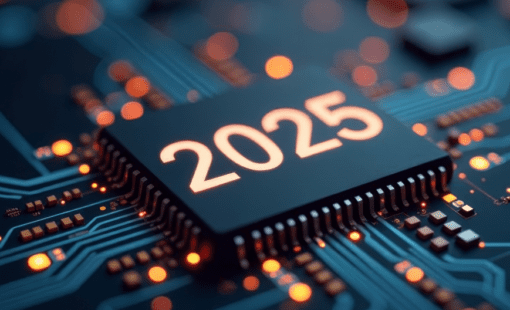
- Blog
The field of PCB design continues to evolve as advancements in technology and shifting market demands push the boundaries of what’s possible. By 2025, several key trends are set to shape the industry. Find out more on our blog.

- Blog
Supply chain risk management is critical for electronics design. By integrating SiliconExpert with CR-8000, engineers gain tools to streamline component selection, manage obsolescence, and ensure design continuity. This integration supports efficient workflows, reduces costs, and mitigates supply chain disruptions.
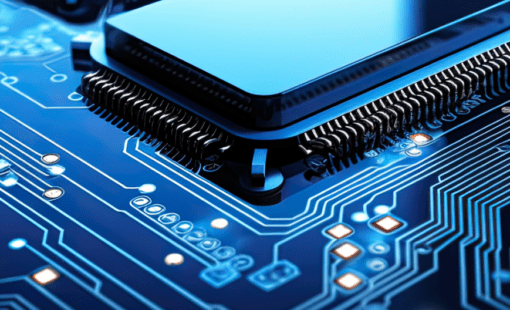
- Blog
Discover how CR-8000 and Polar Speedstack™ enhance high-speed PCB stack-up design by optimizing impedance control and manufacturability for improved performance.

- Blog
Updating existing designs to replace obsolete components is a time-consuming and labor-intensive task. Advanced PCB design tools like Zuken’s CR-8000 can help to manage the process and improve accuracy.

- Blog
Learn how the Zuken CR-8000 and Zuken E3.series can be leveraged for promoting technological advancements in renewable energy by addressing key challenges facing sustainable energy innovations.

- Blog
As we face a skills shortage many areas of eningeering, more and more engineers are finding themselves in roles that require skills they may not have been trained for. But what if we could use AI technology to help close this gap? Learn more.

- Blog
With the release of ChatGPT, artificial intelligence, has become a topic that has stirred many emotions. On our blog we're exploring whether AI could one day be used to support Zuken's core business of solving complex design challenges such as PCB layout and routing.
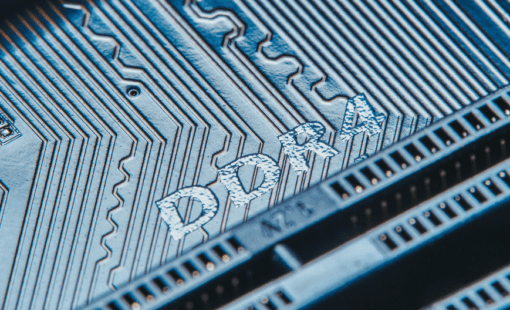
- Blog
Although memory technology continues to evolve, in the current technology landscape, DDR4 is often a critical hurdle in the design process of an electronic application because of the large number of rules and constraints which have to be obeyed for the implementation of high-performance memory subsystems. Learn what to consider.
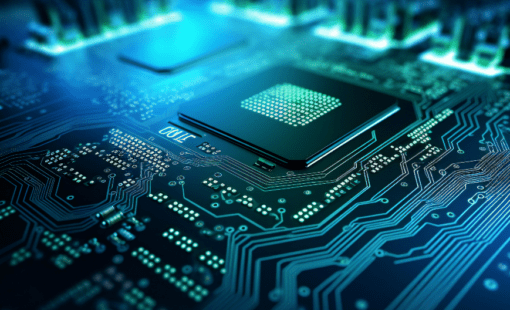
- Blog
The interplay of electrical, mechanical, and thermal considerations, requires precise component placement, signal integrity optimization, and power distribution while navigating space constraints and ensuring manufacturability.
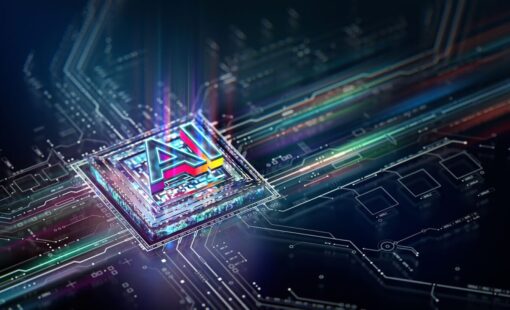
- Blog
With the advent of Artificial Intelligence (AI) and machine learning technologies, a new generation of AI-based tools is poised to take over the complex task of placing and routing a PCB design
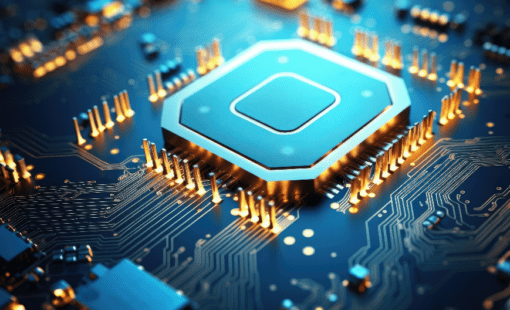
- Blog
Printed Circuit Board design has been at the core of electronic innovation for decades. However, as technology continues to advance, PCB design faces new challenges that make it increasingly complex and demanding.
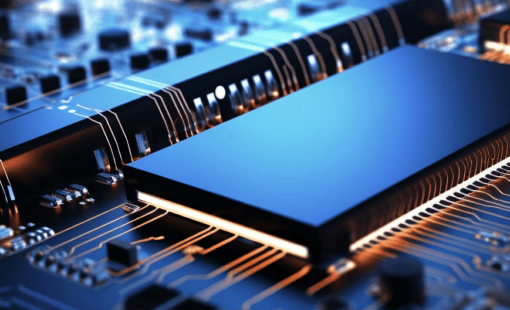
- Blog
The 2023 release of CR-8000 brings about a substantial reduction in the effort required to reuse existing designs across the engineering frontend, Design Gateway, as well as the layout and routing applications within Design Force.

- Blog
Pizzato Elettrica, a renowned industrial safety company is dedicated to promoting a culture of safety in various industries. By selecting CR-8000 and DS-CR, Pizzato has seamlessly integrated its electronic design environment with its PDM infrastructure.
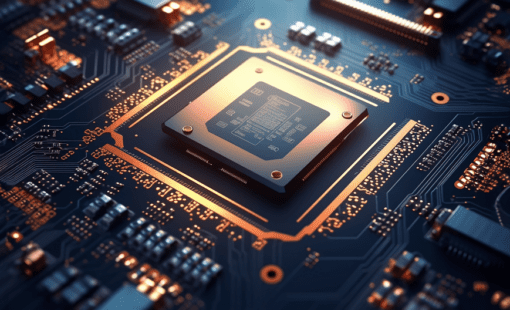
- Blog
Dive into the realm of high-speed PCB design, where you can master the intricacies of impedance control and signal integrity.